The Lotus Eletre SUV, which begins the historic British brand’s reinvention as an electric performance car firm offering a breadth of vehicle types, will launch with a £120,000, 905bhp range-topper.
Claimed by the British firm to be the world’s fastest dual-motor electric SUV, the Eletre R can hit 62mph from standing in 2.95sec – and continue all the way to 165mph – thanks also to its 726lb ft of torque.
When it arrives next summer, the flagship model will sit alongside two other variants (the standard £89,500 Eletre and the sportier-looking £104,500 Eletre S), which both make 603bhp. All three models come with four-wheel drive.
A 112kWh battery is offered across the board, giving 373 miles of range (304 miles in R form) and supporting charging speeds of up to 420kW, good in theory for 10-80% capacity in 20 minutes.
Standard equipment includes active air suspension, torque vectoring, an active front grille, LED headlights and a set of 22in wheels. Inside, all cars are fitted with electrically adjustable seats, wireless phone charging and four-zone climate control.
Apple CarPlay and Android Auto are also included, as is a 15-speaker audio system, 15.1in infotainment system and LIDAR-guided assistance tech.
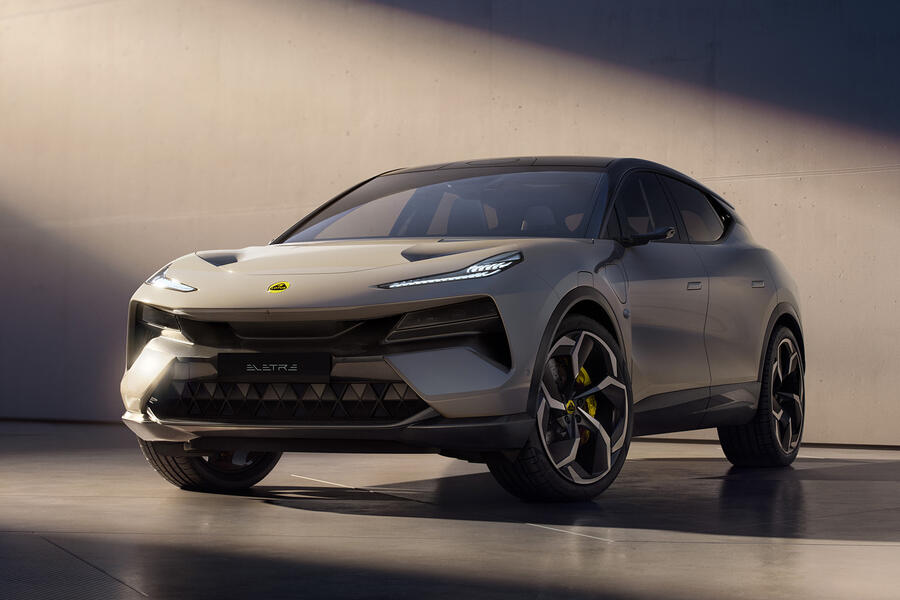
Mid-range S spec cars benefit from an active rear spoiler and privacy glass, an upgraded 23-speaker audio system, ambient lighting, illuminated side sills, soft-close doors and an air quality system.
The Eletre R, meanwhile, is the model’s most powerful offering, with 10-spoke, 22in wheels with performance tyres, stainless steel sports pedals and exterior carbon fibre design features.

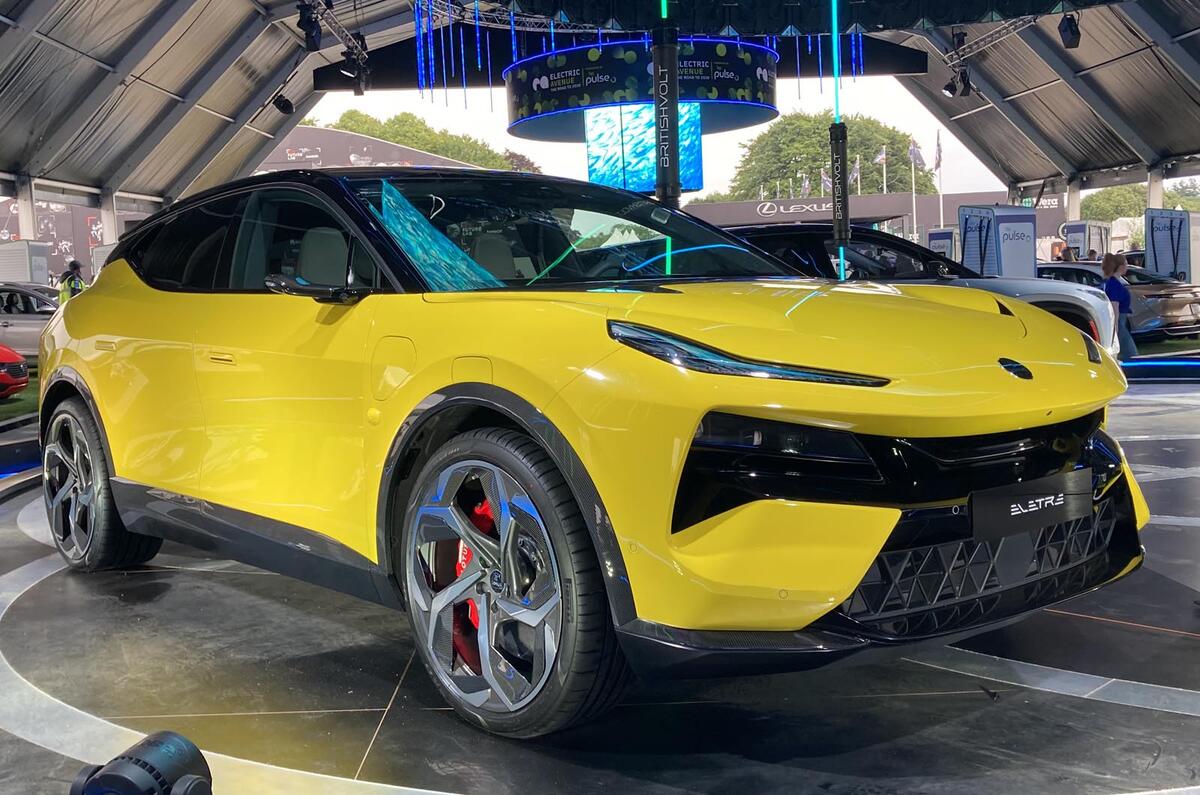
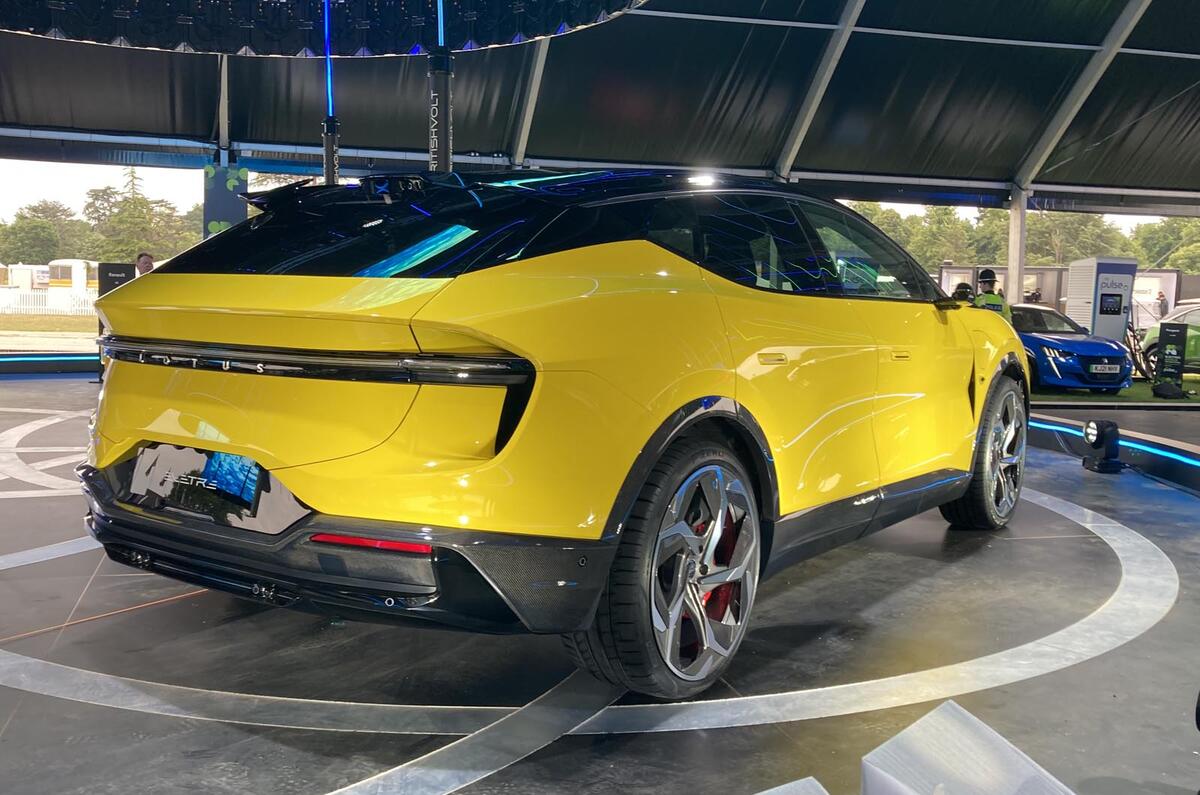
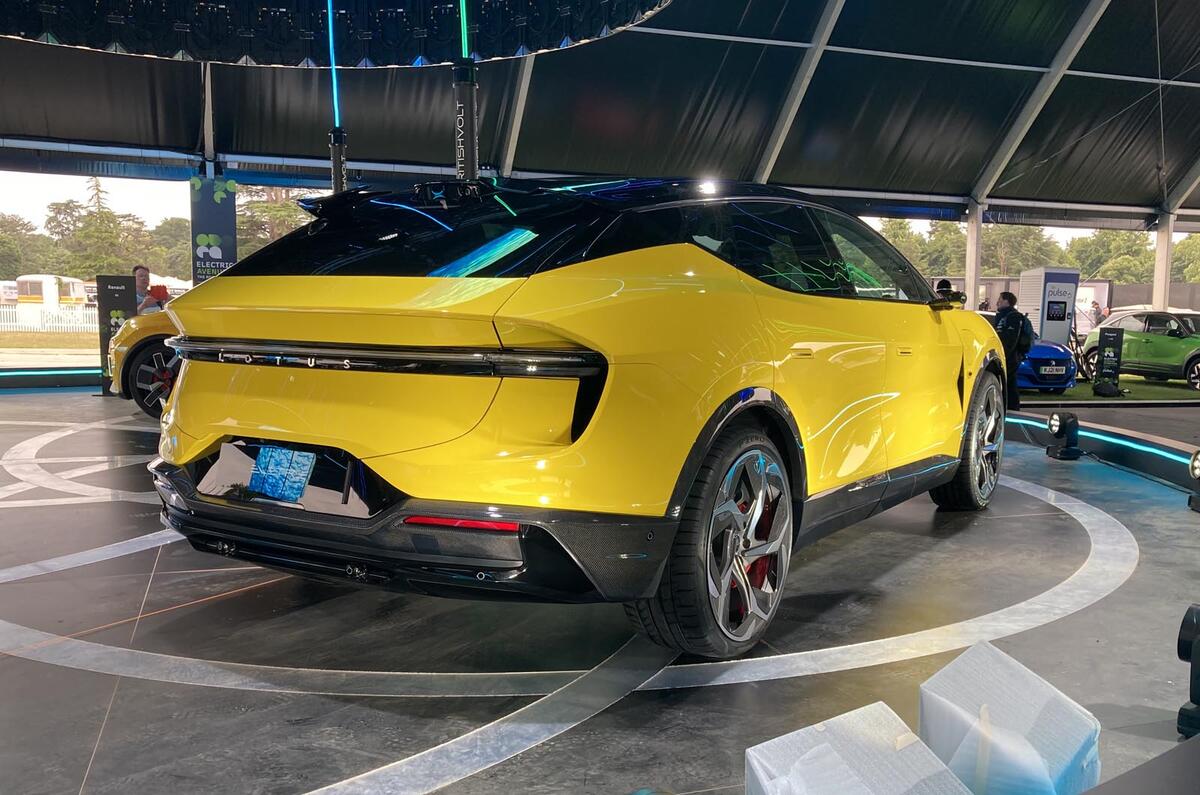
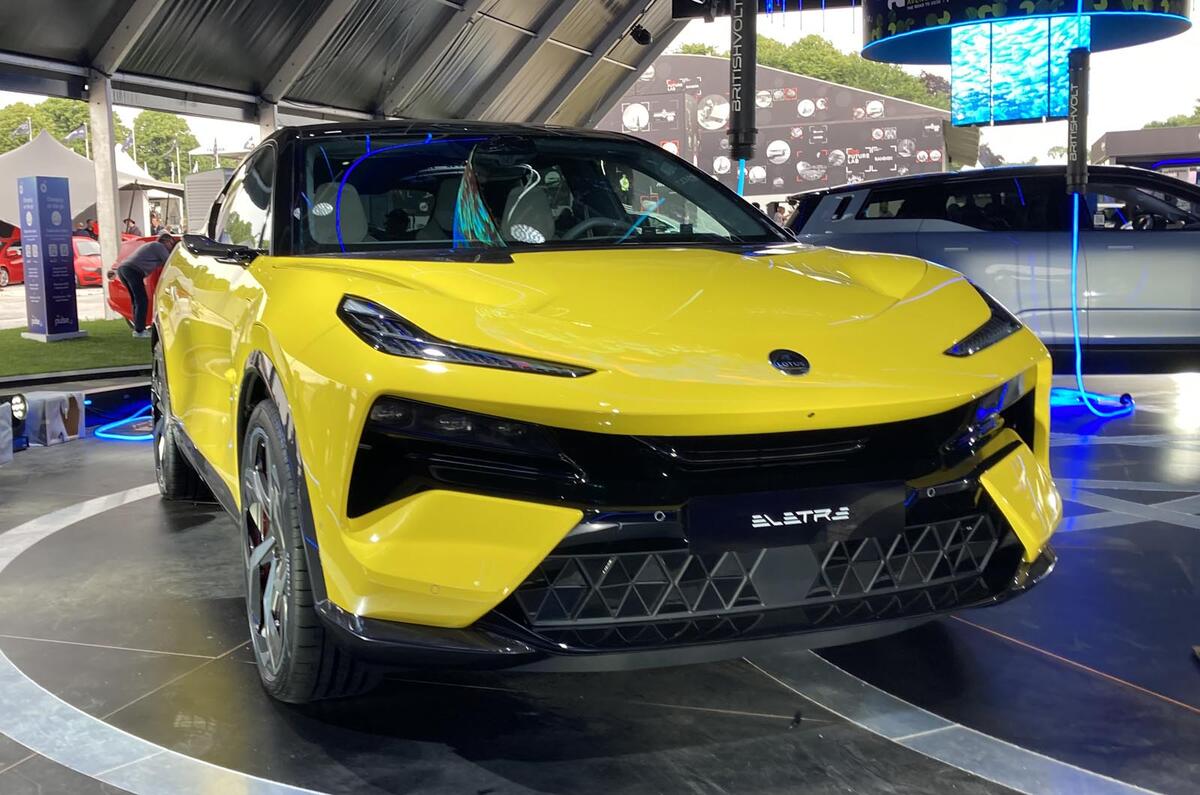
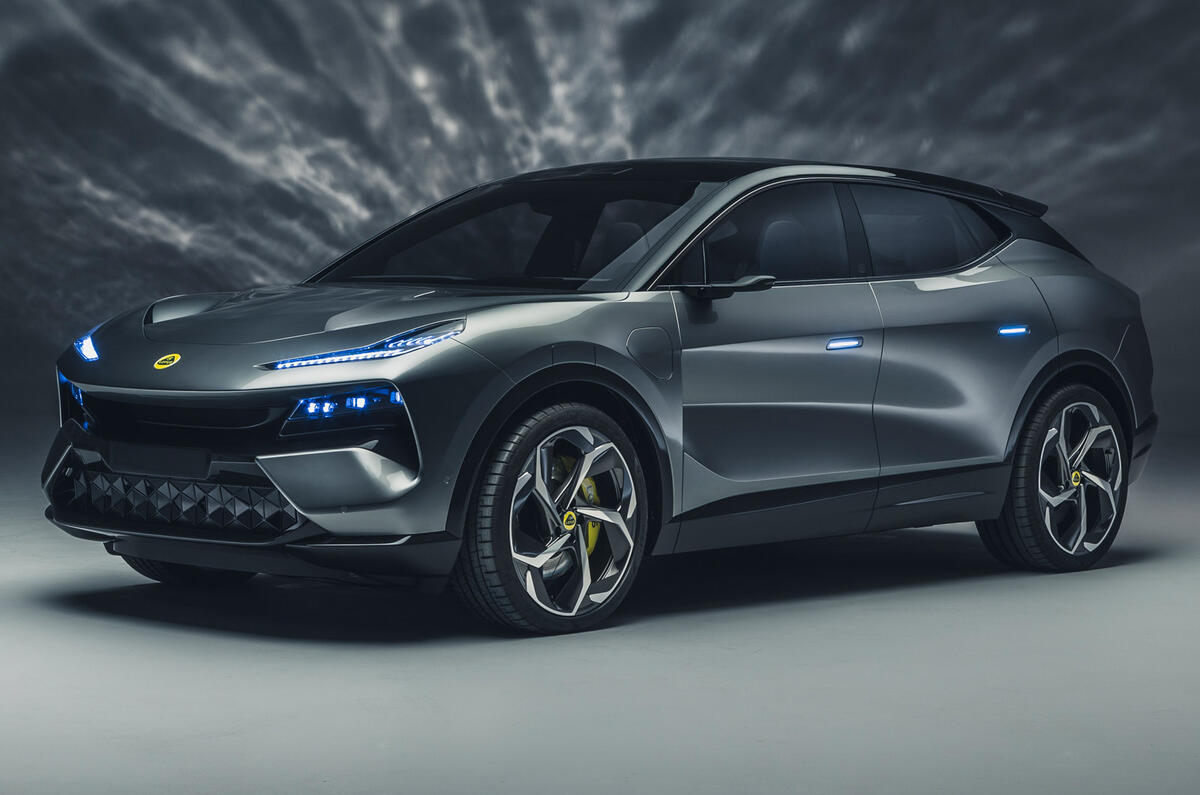
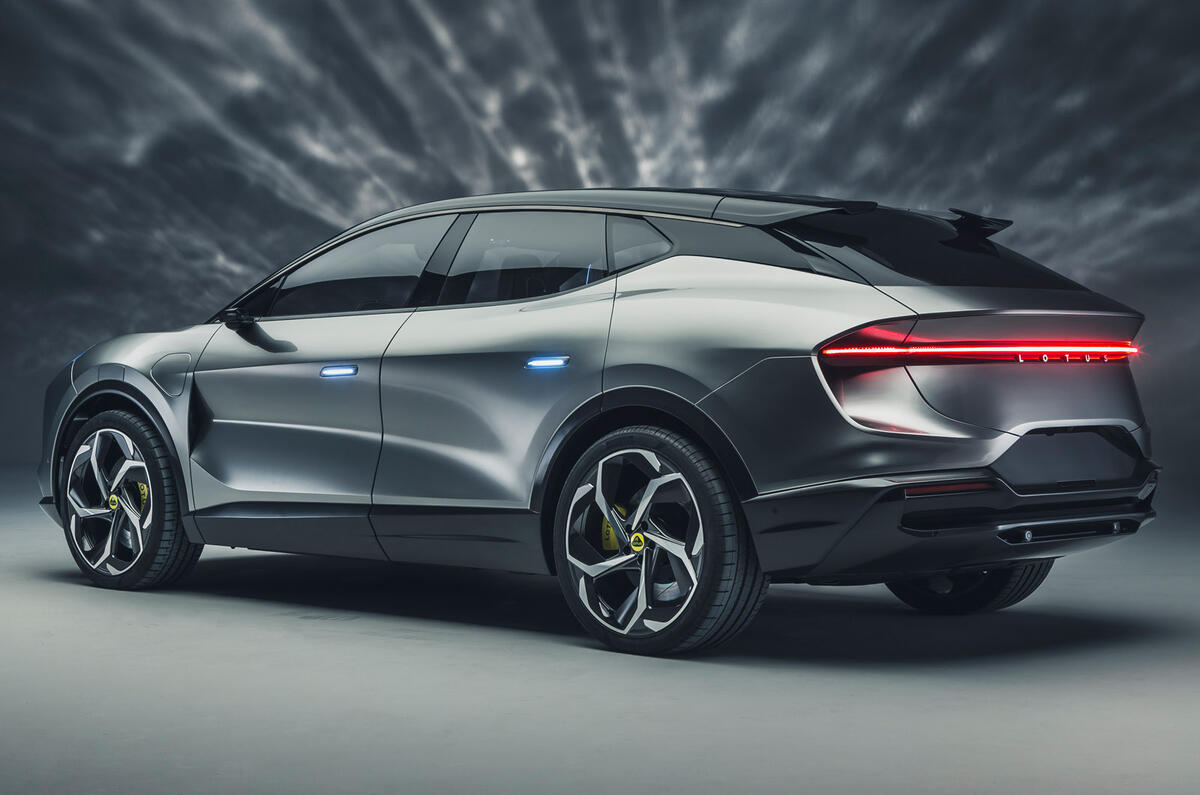
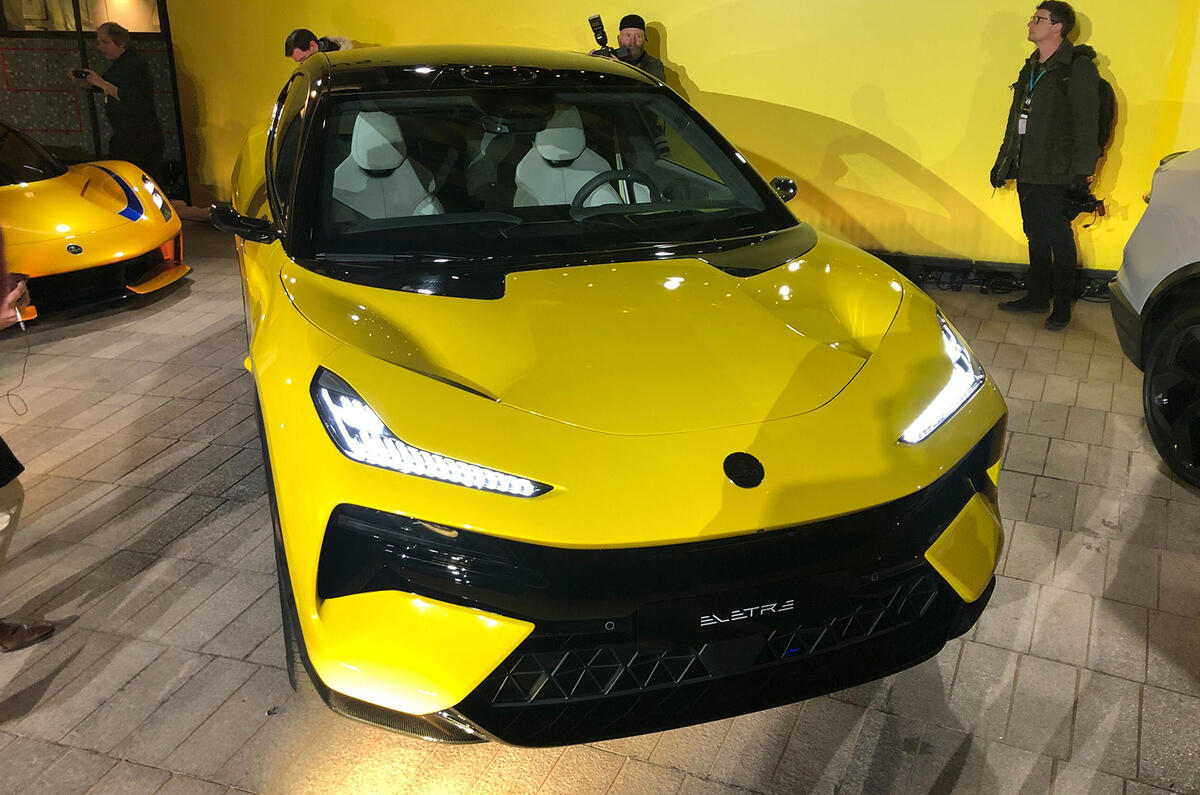
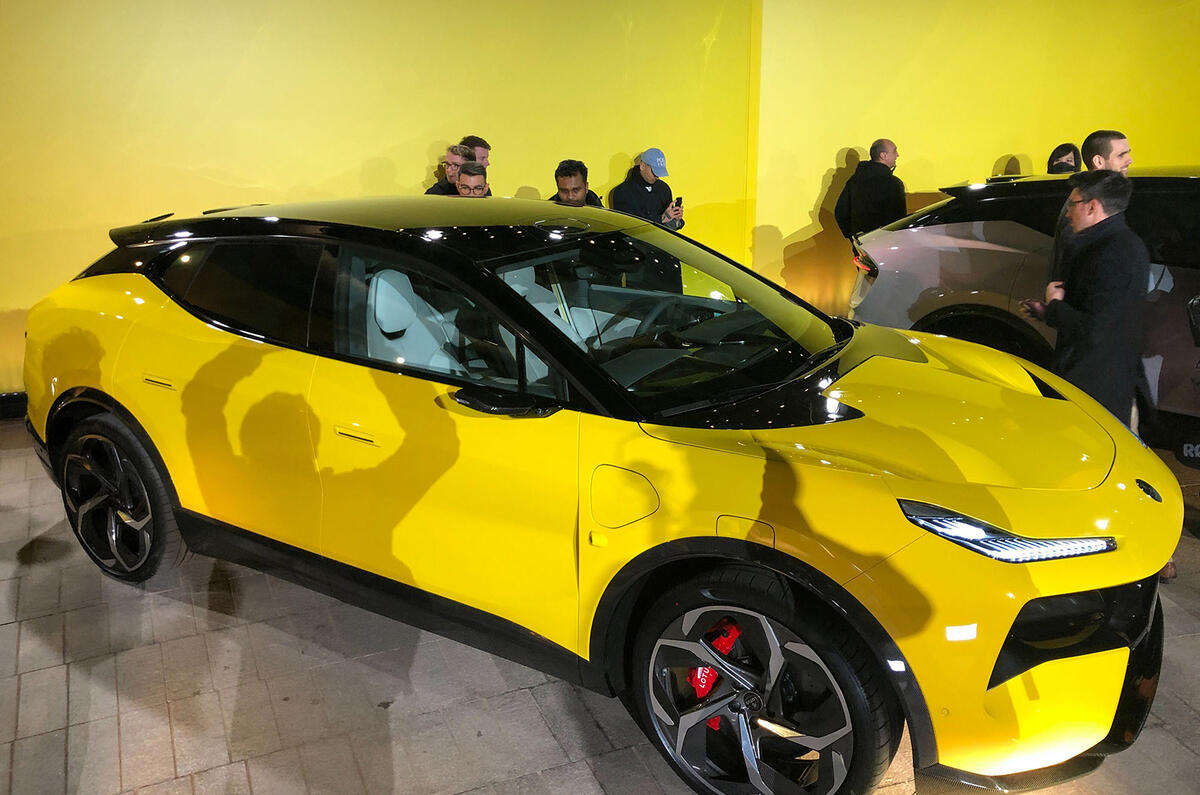
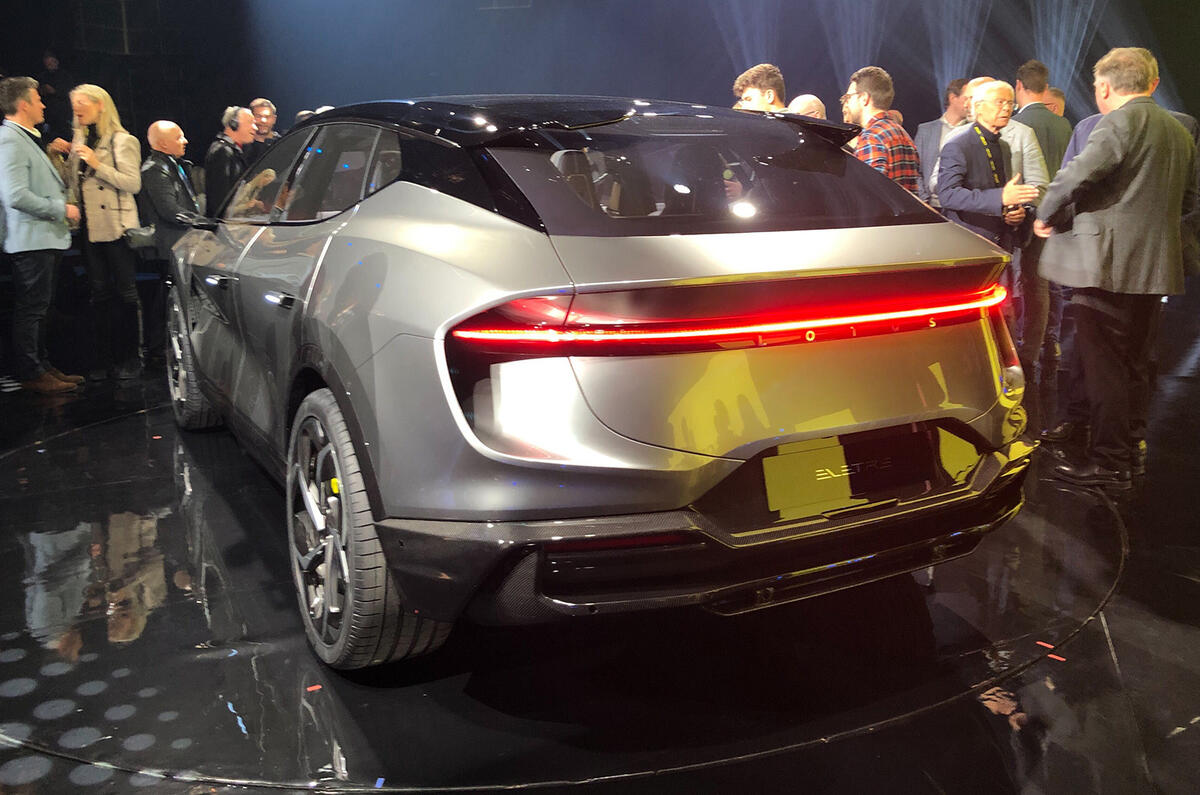
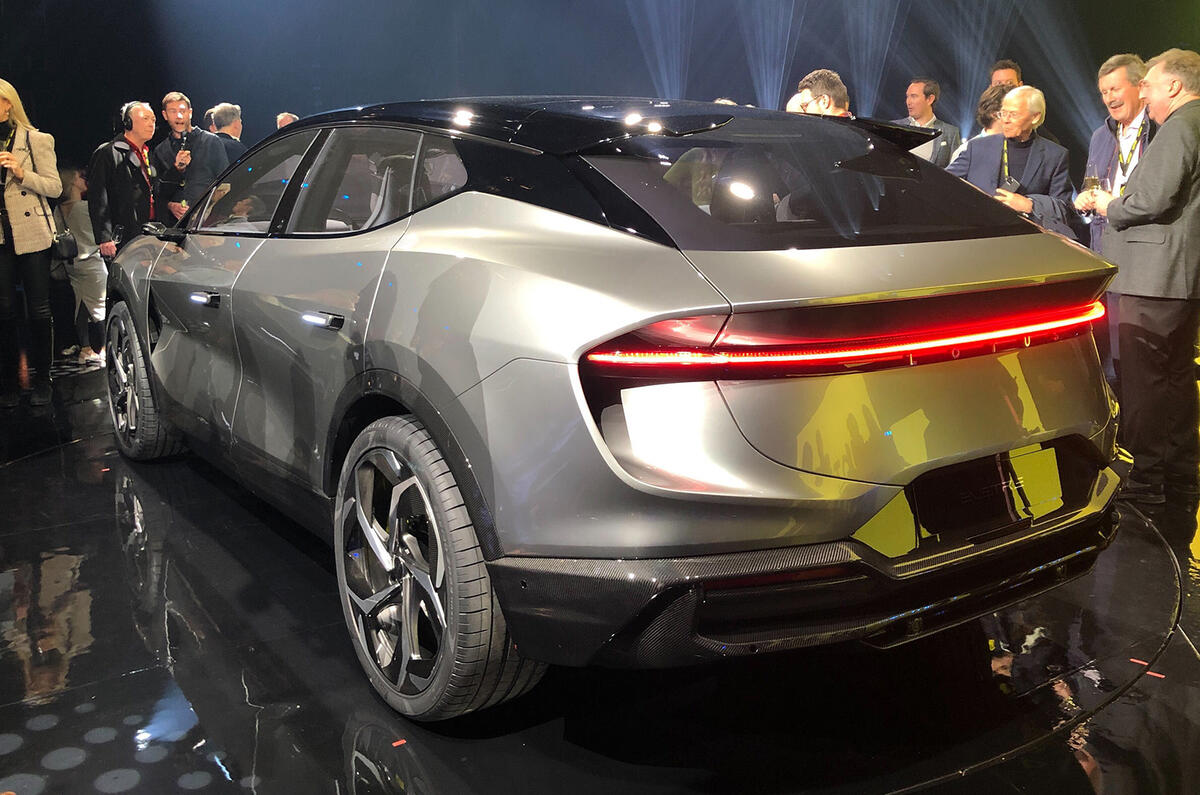
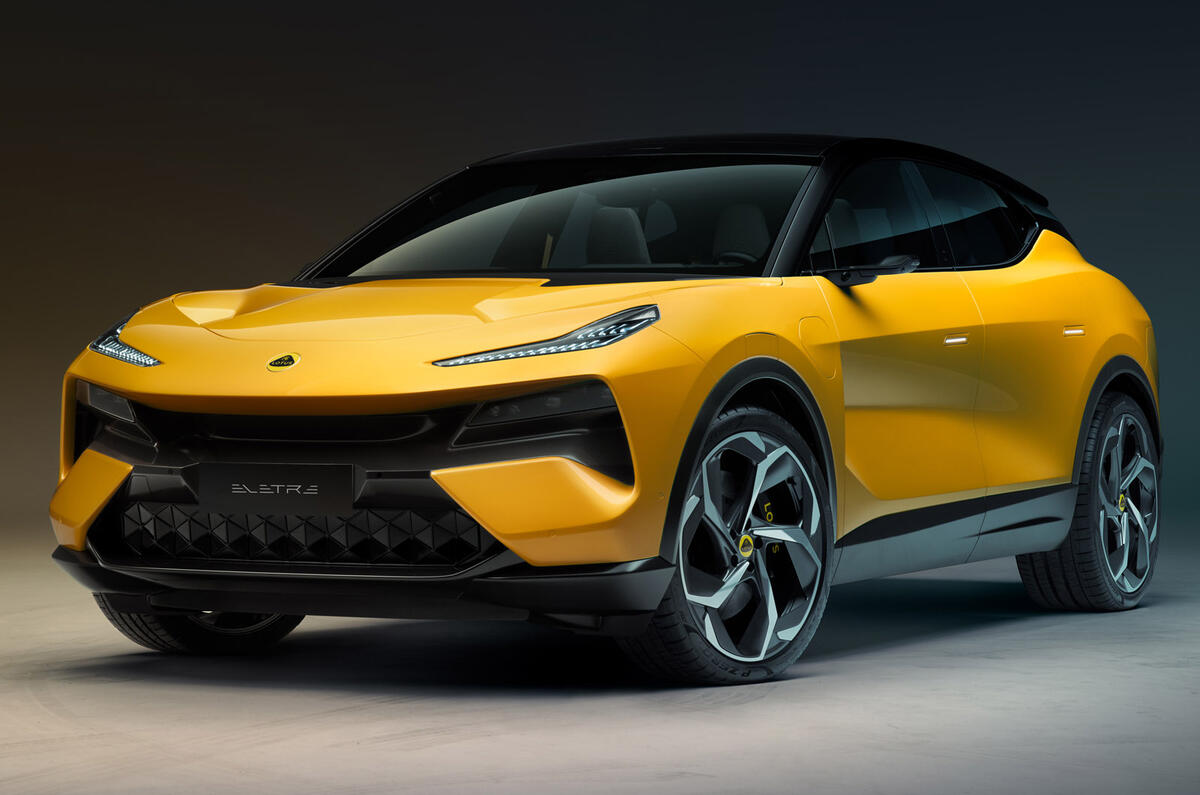
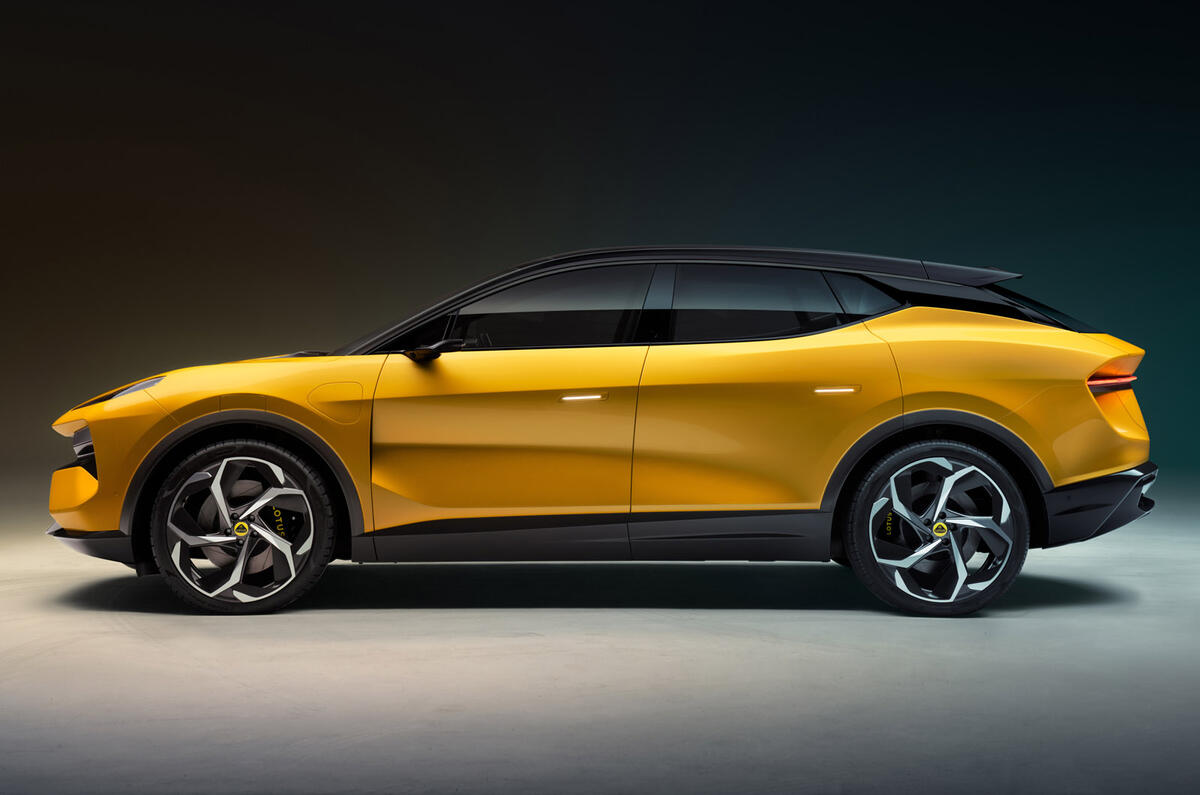
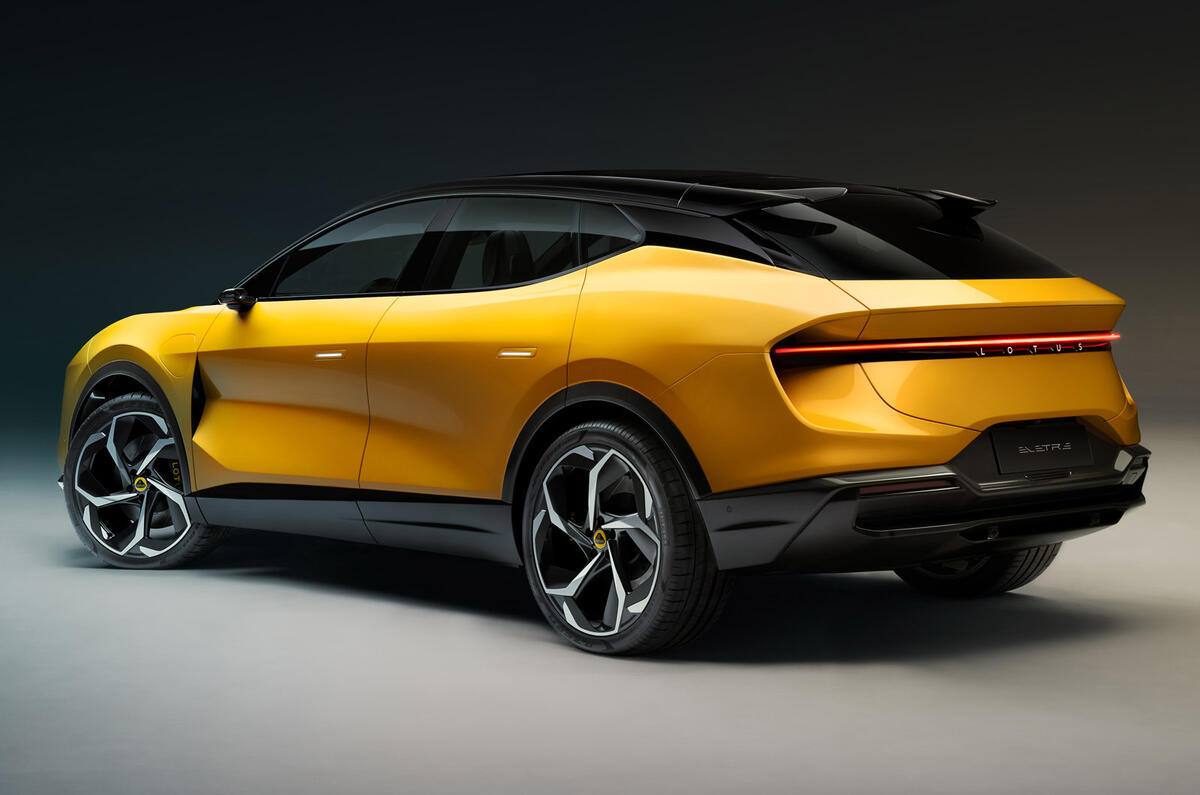
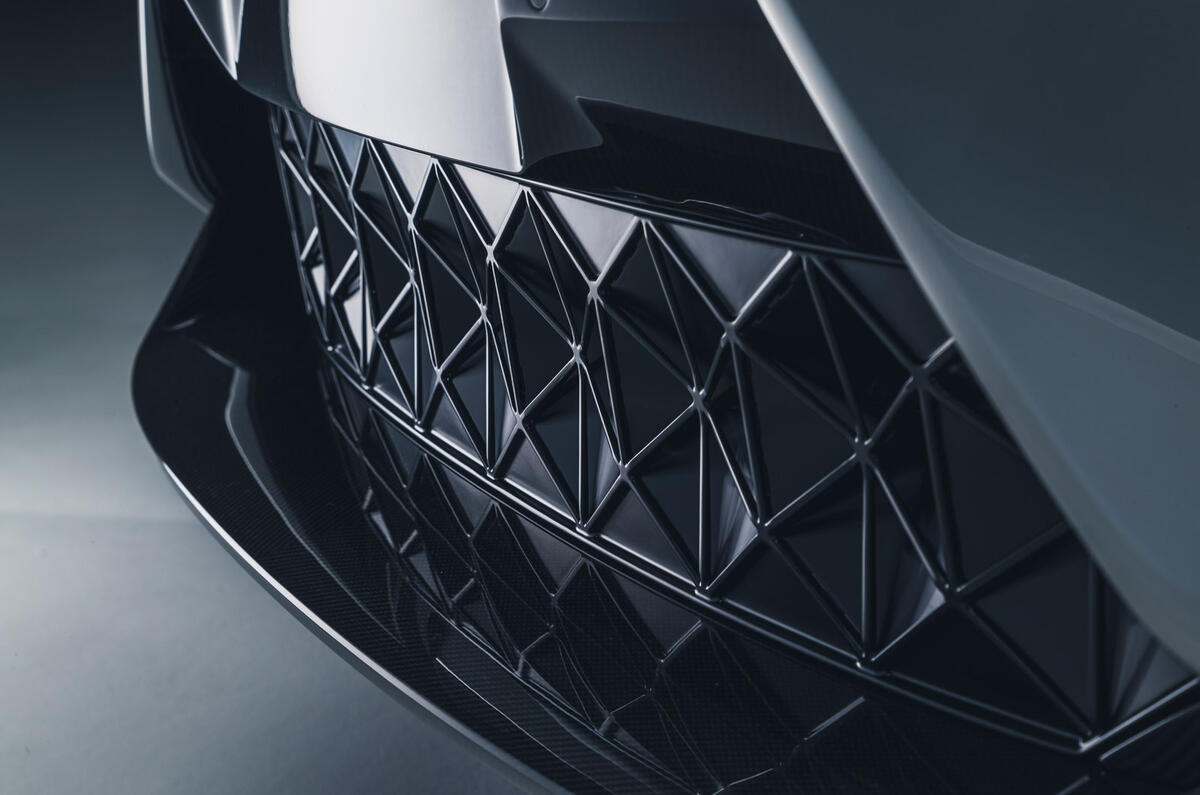
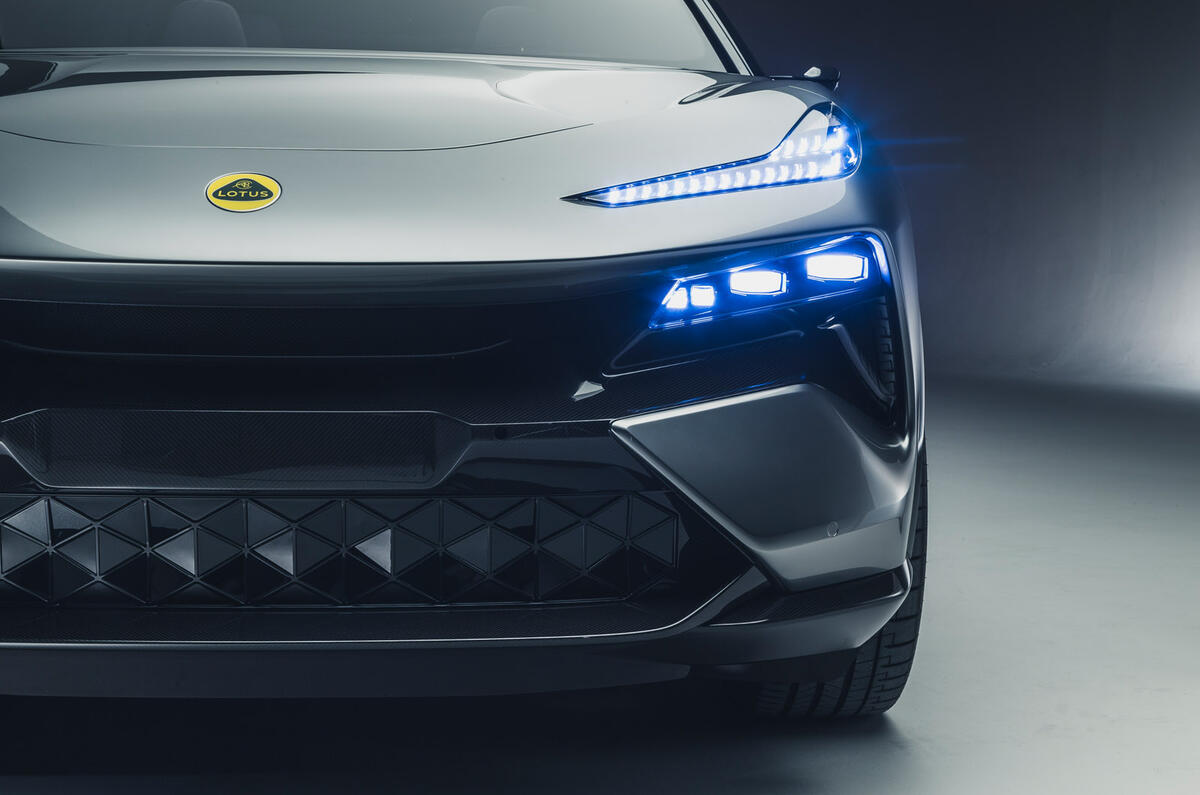
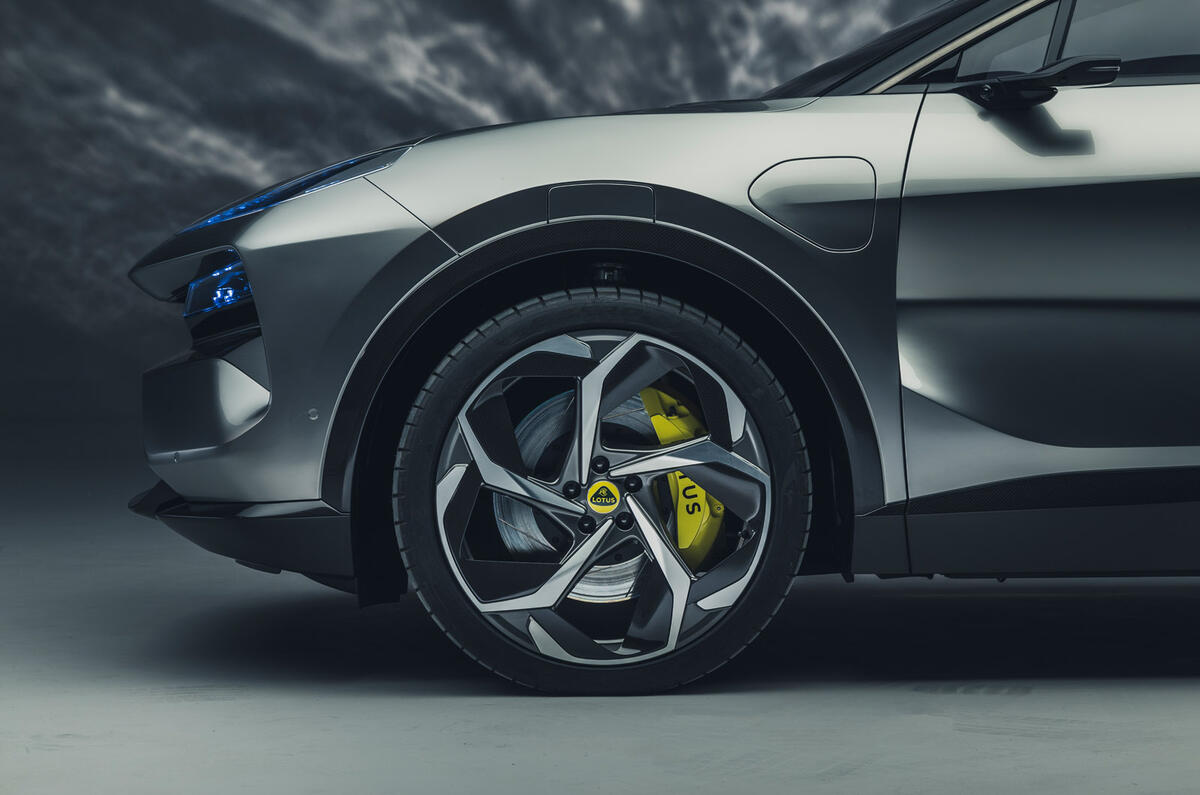
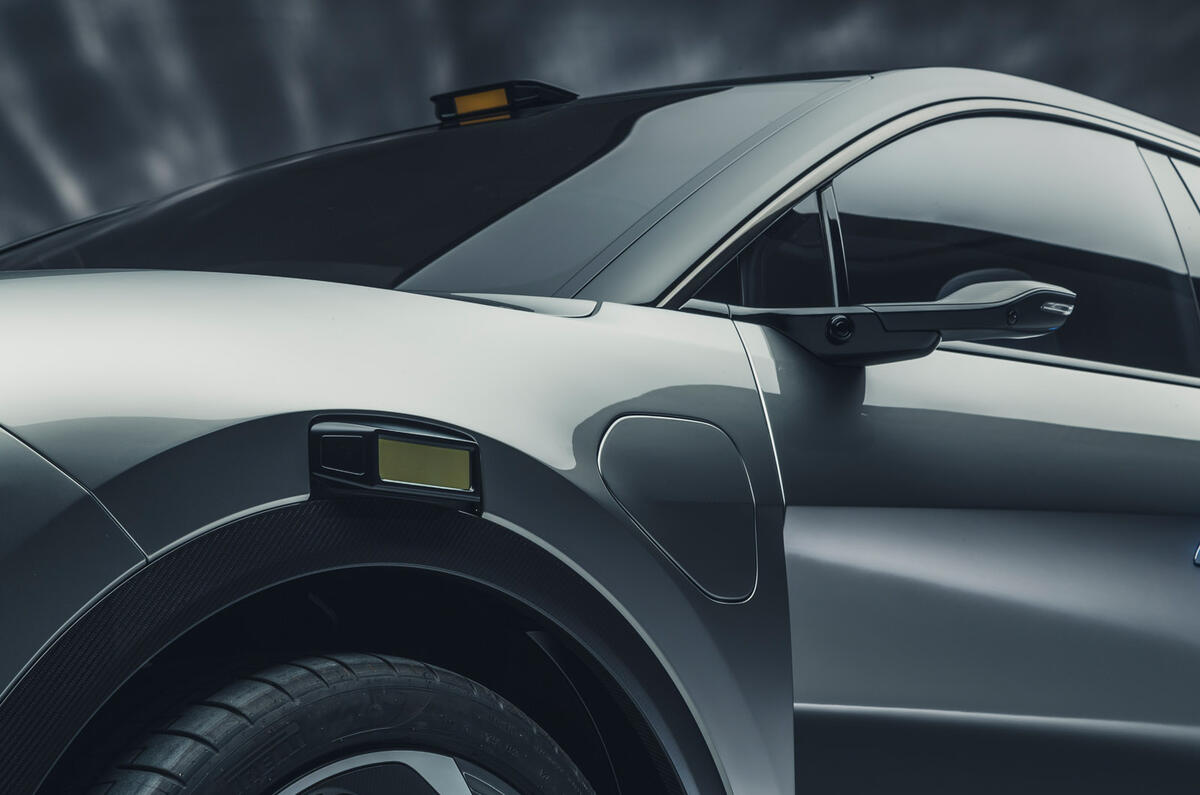
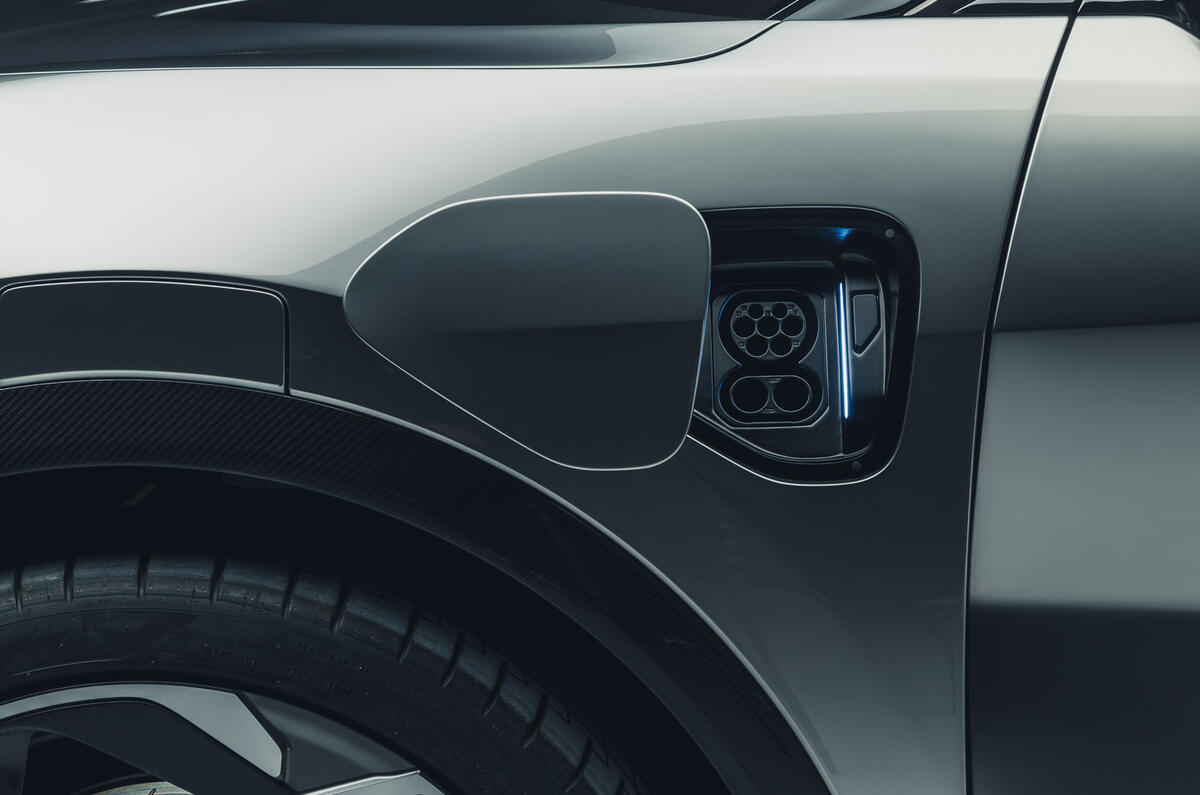
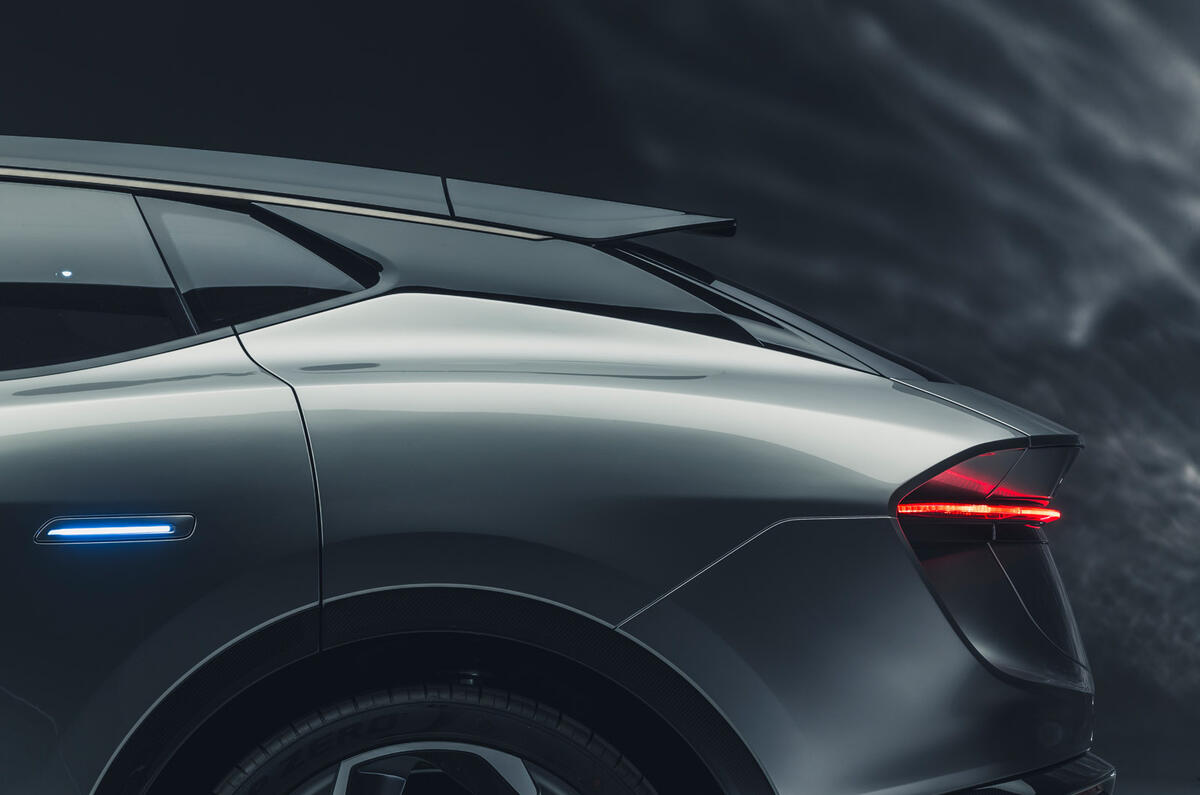
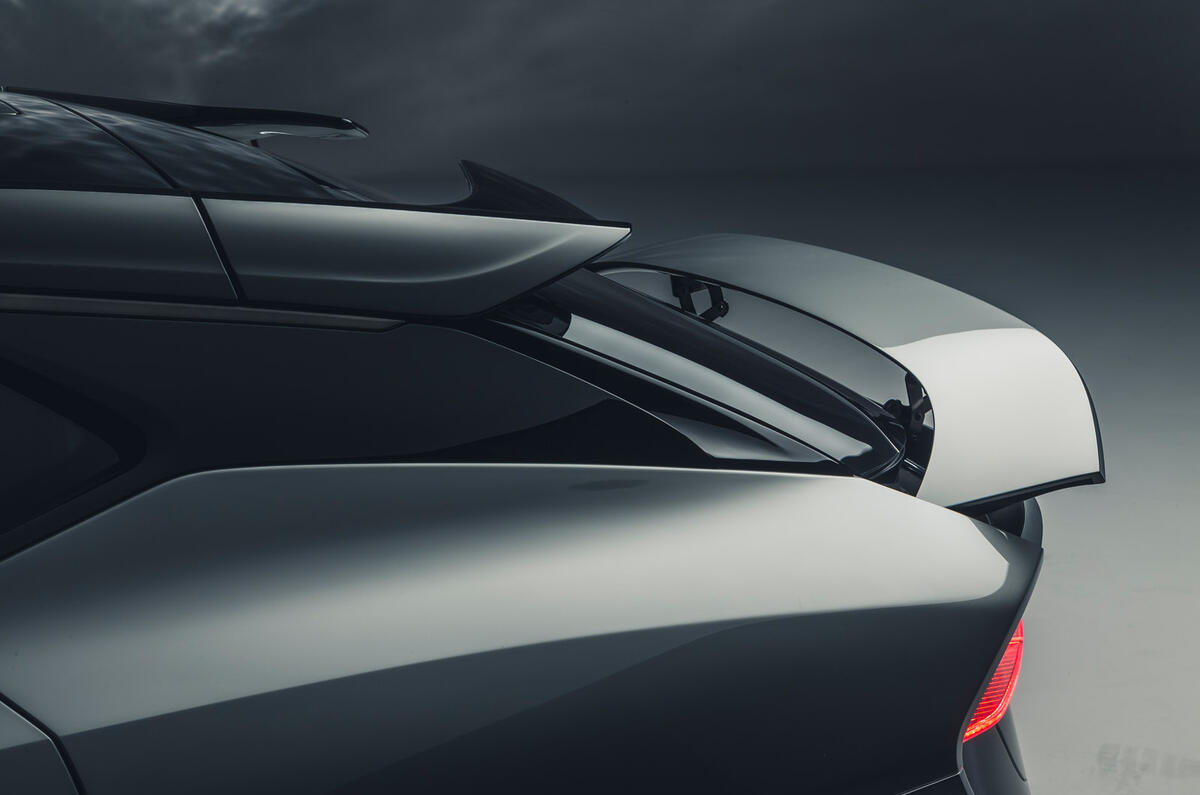
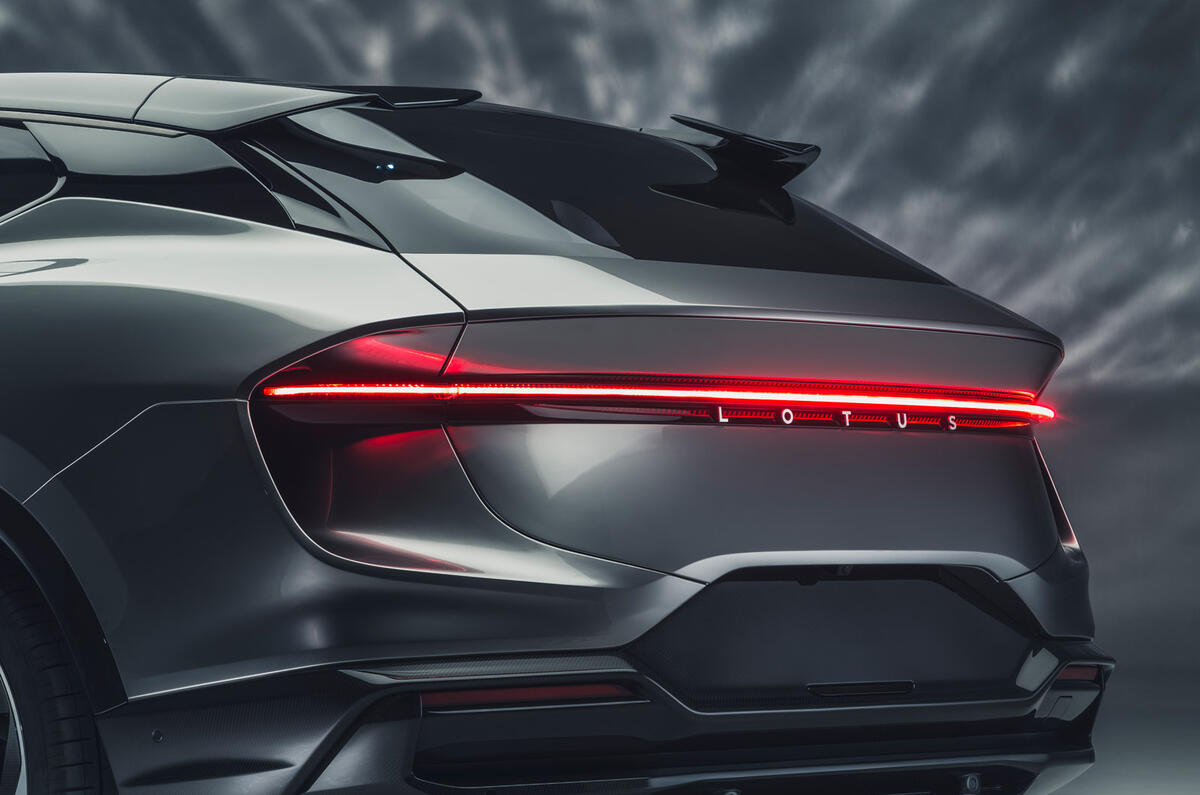
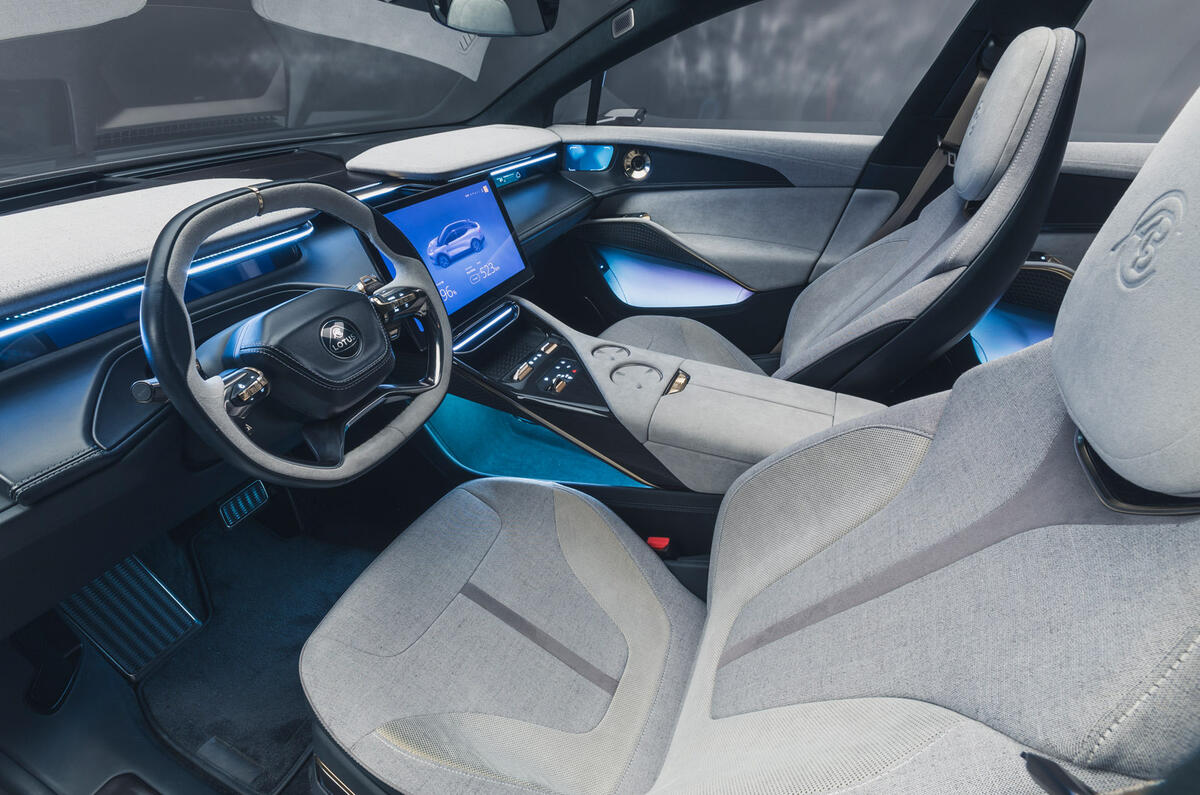
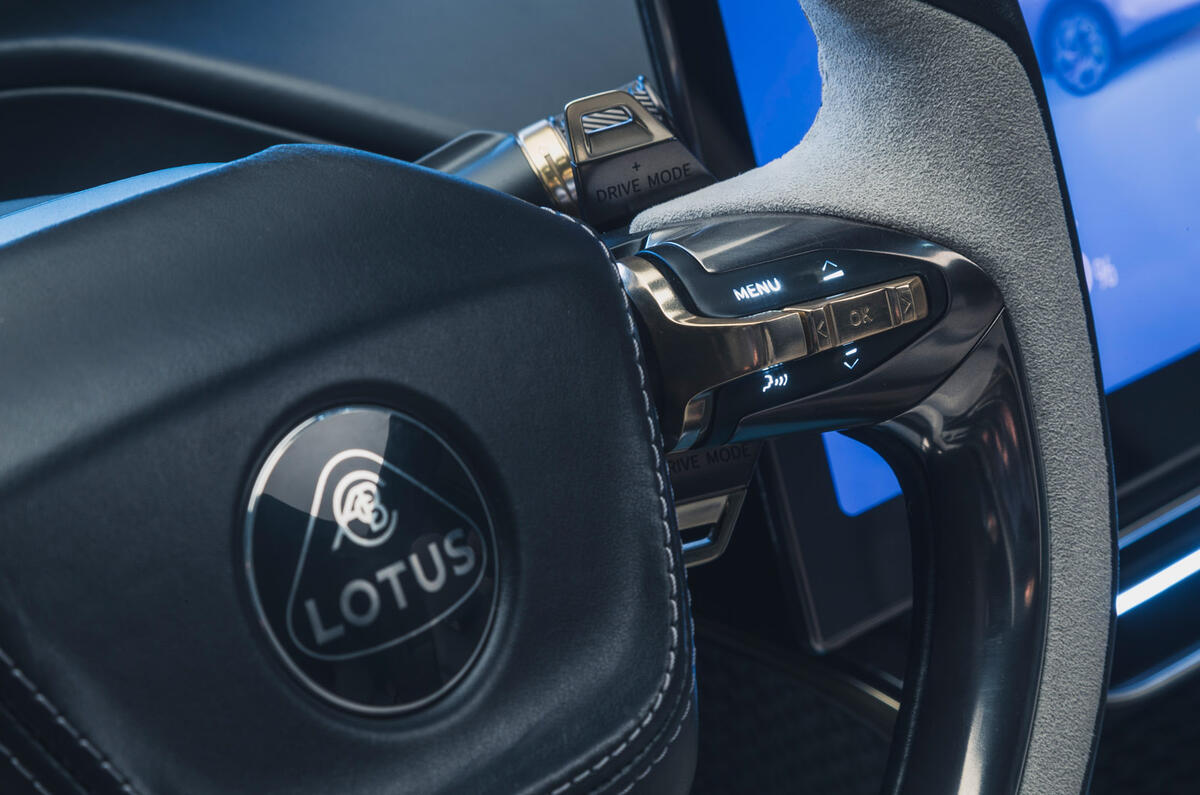
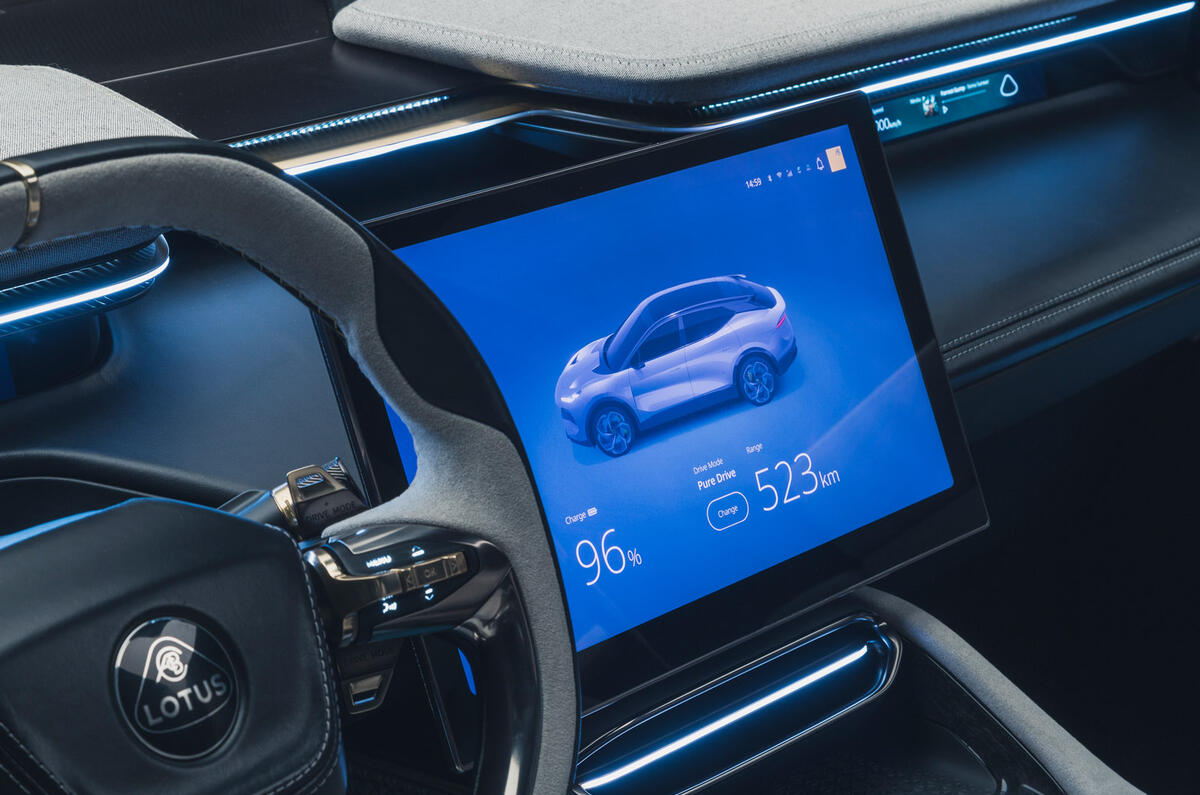
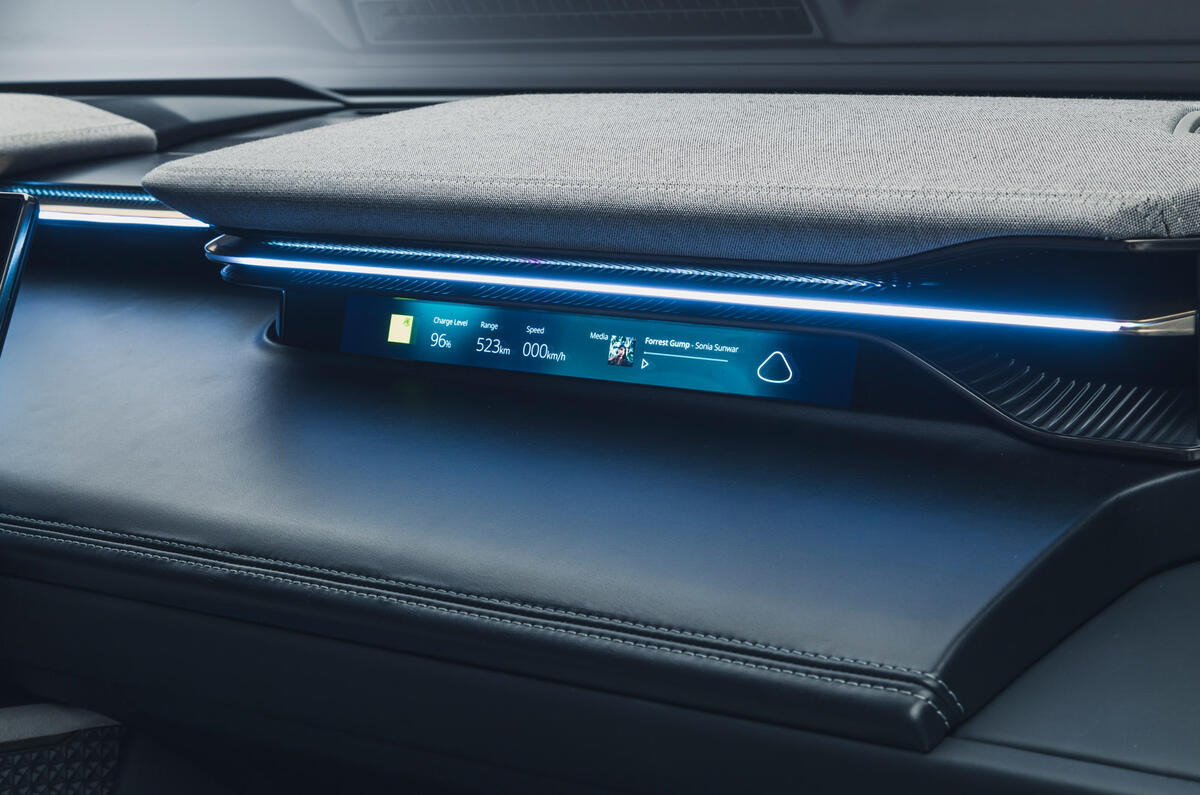
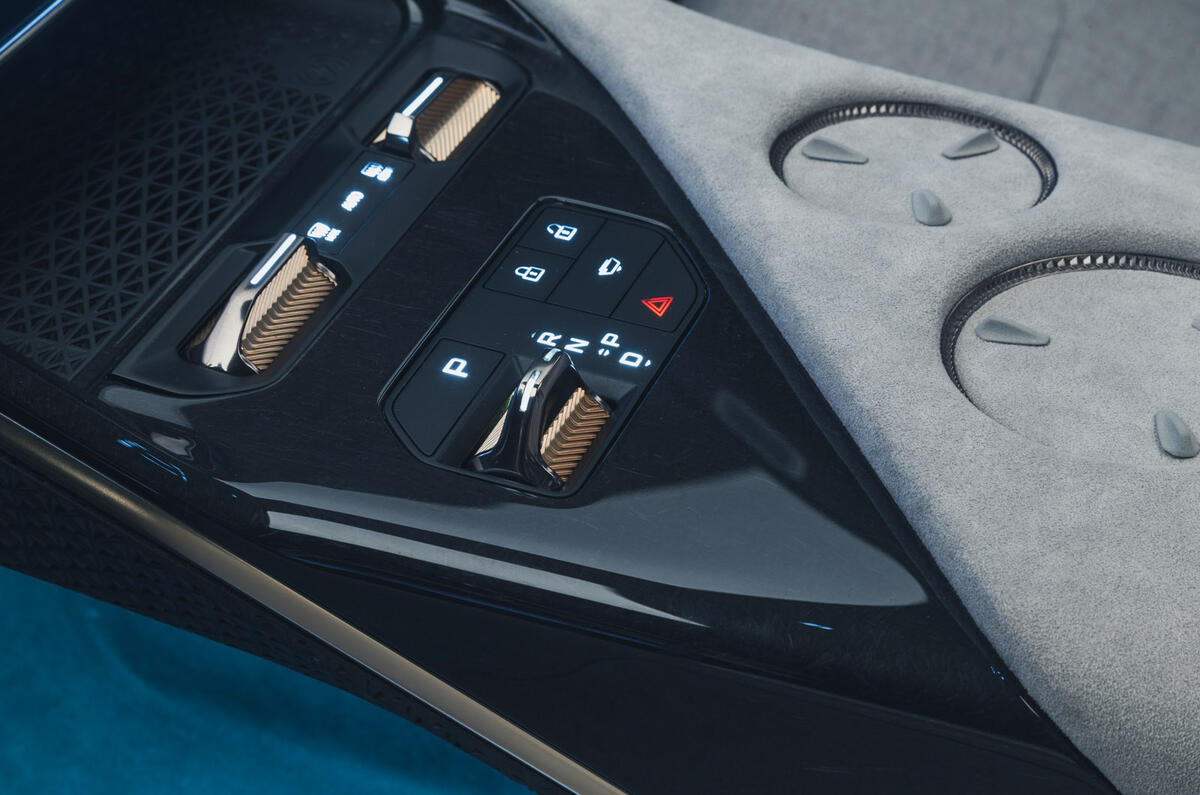
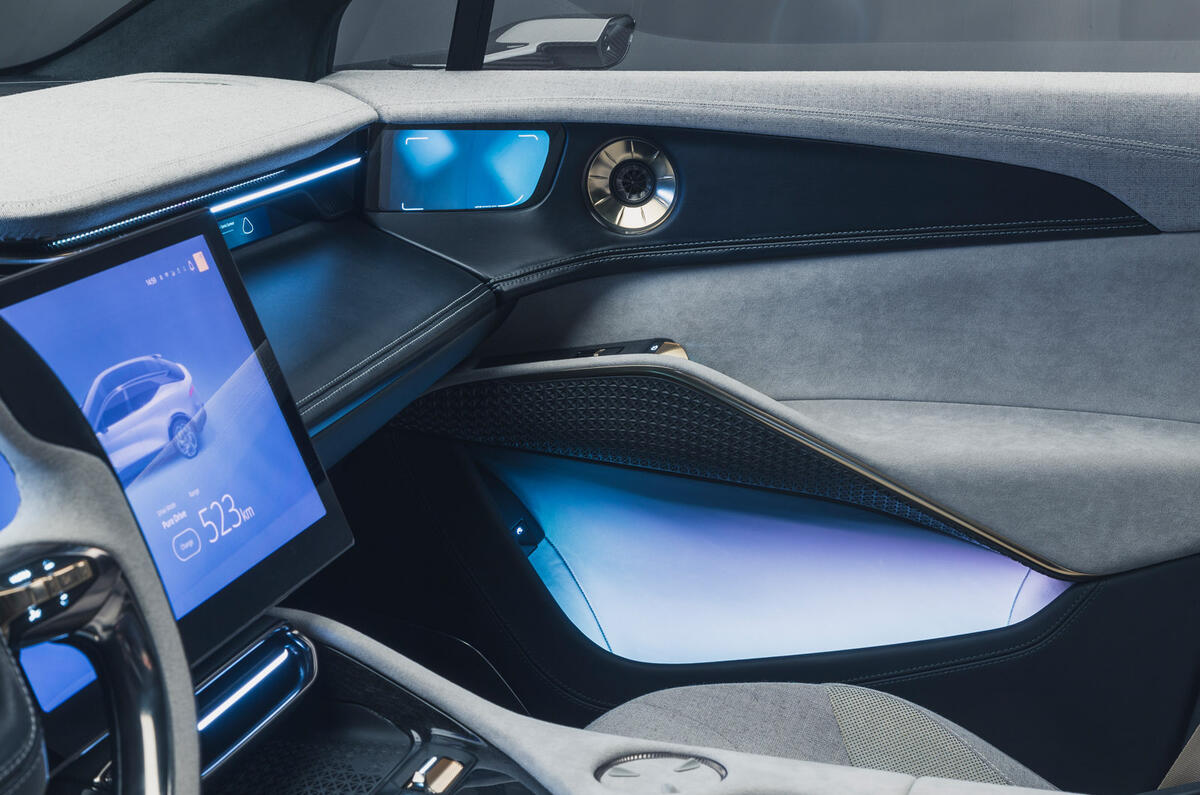
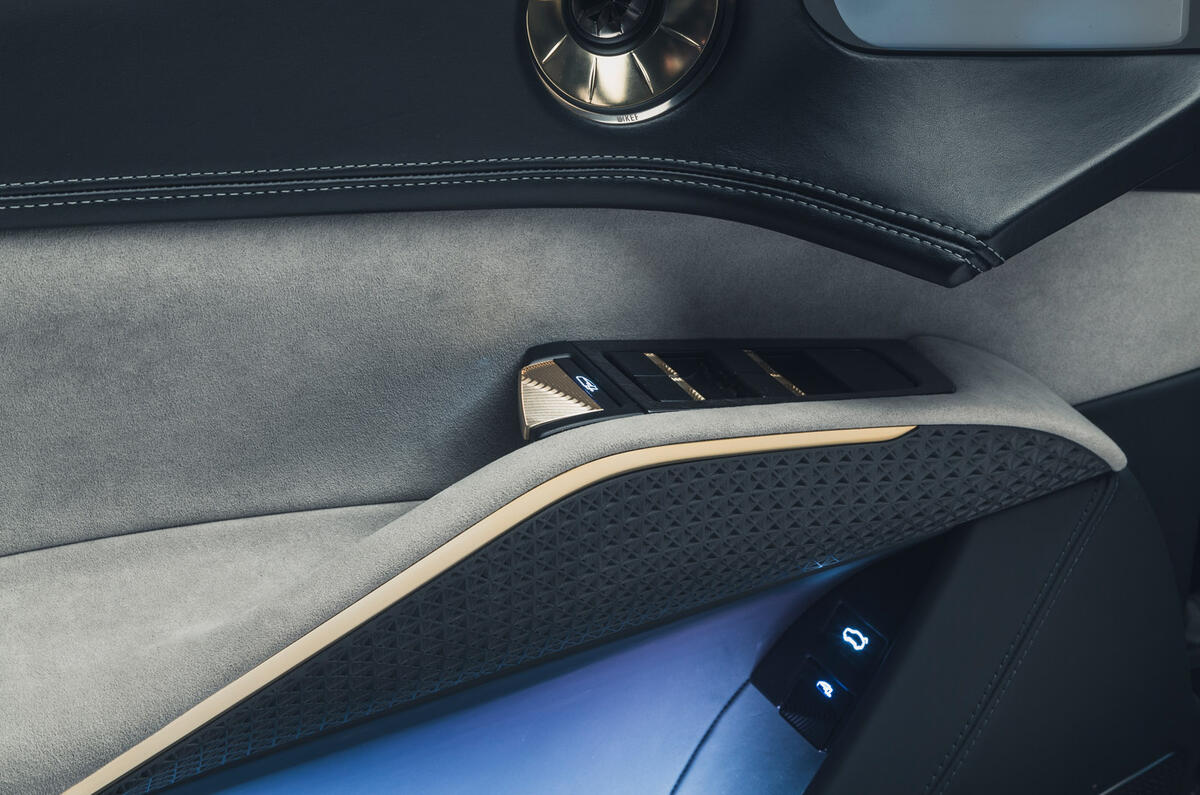
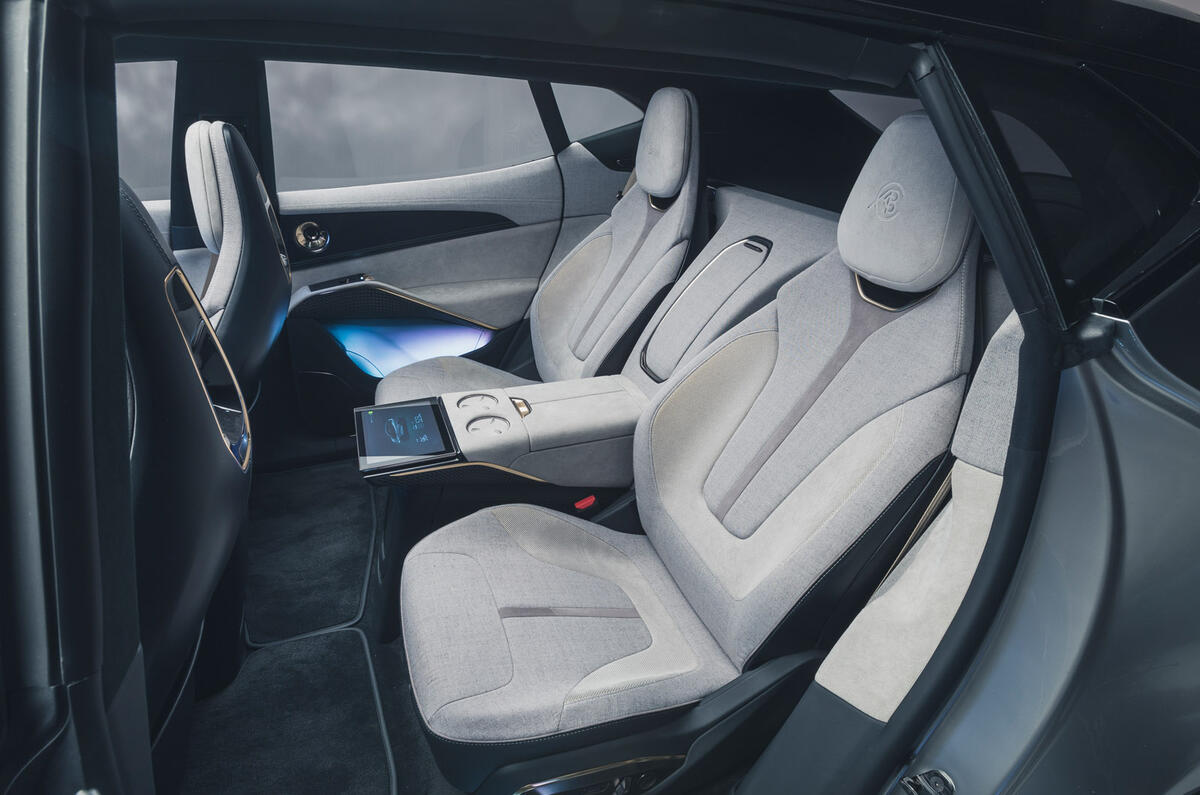
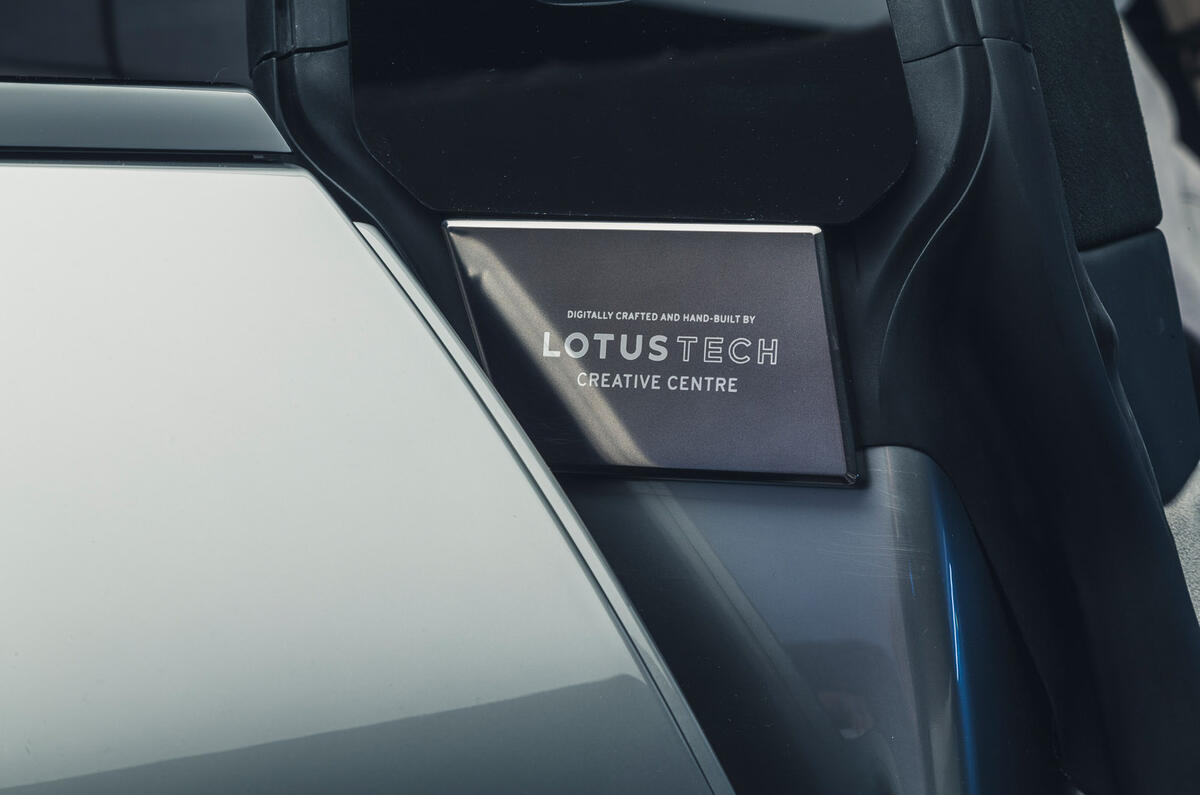
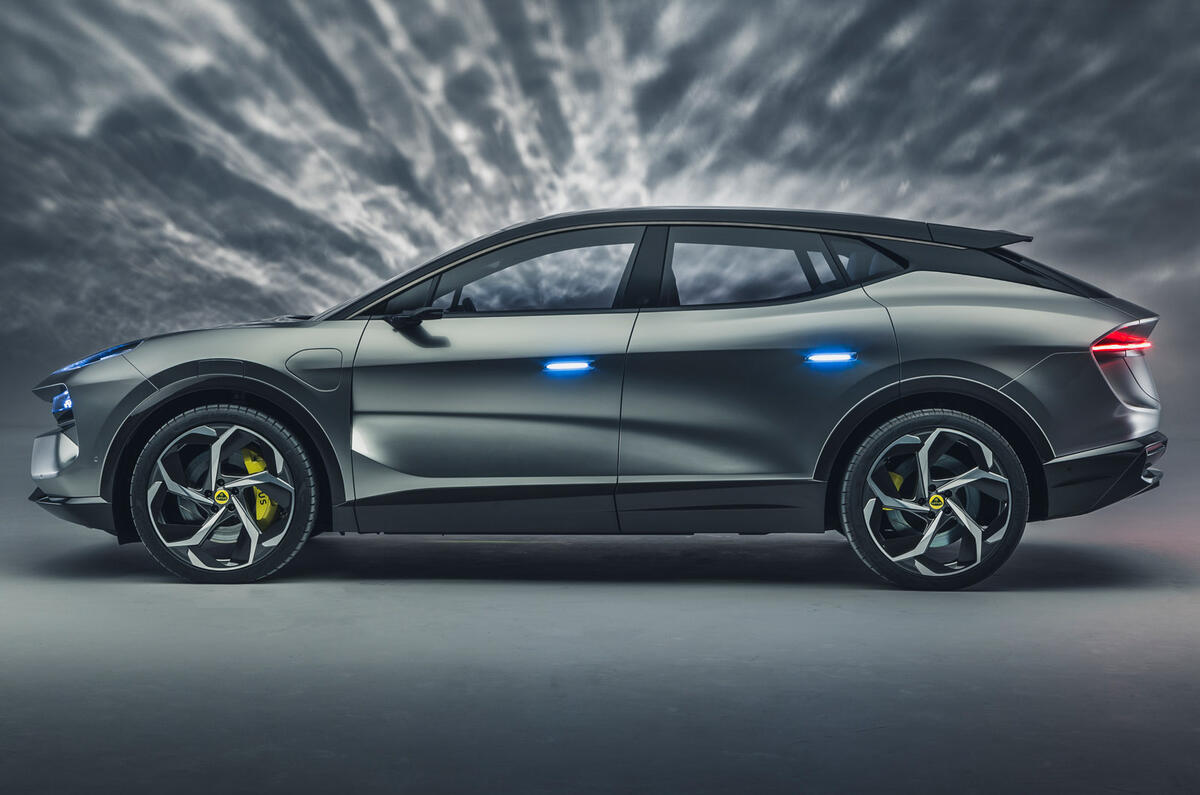
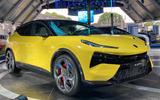
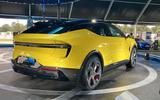
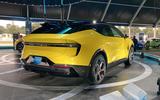


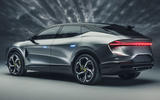


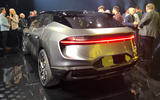
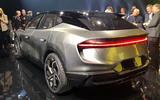
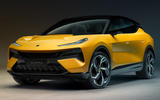
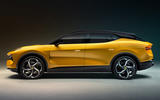
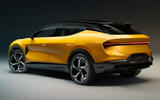
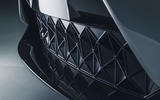



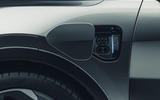
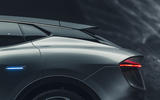
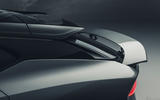
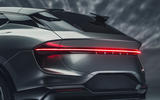
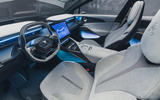
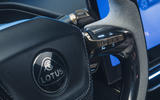

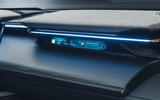
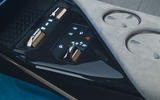
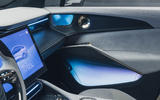
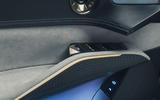

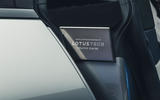


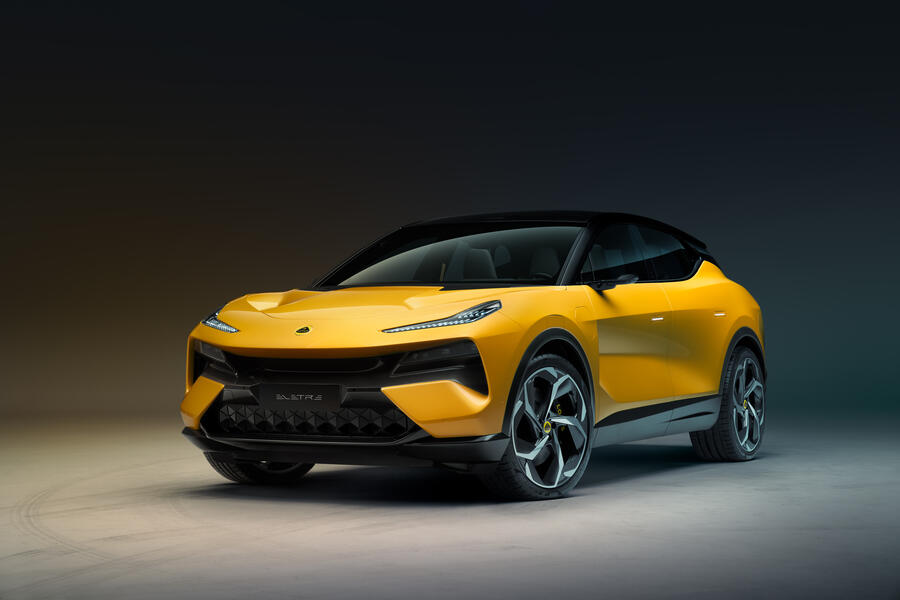

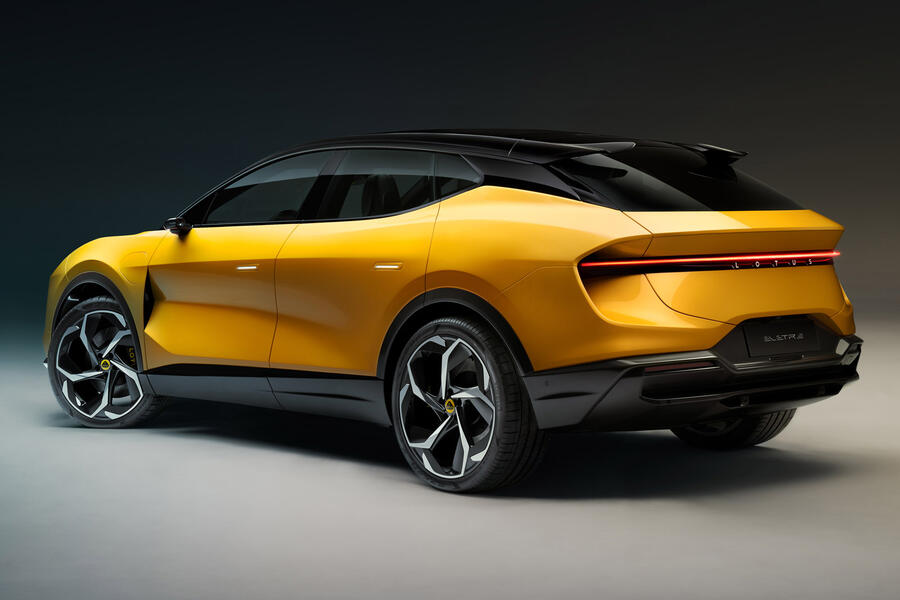
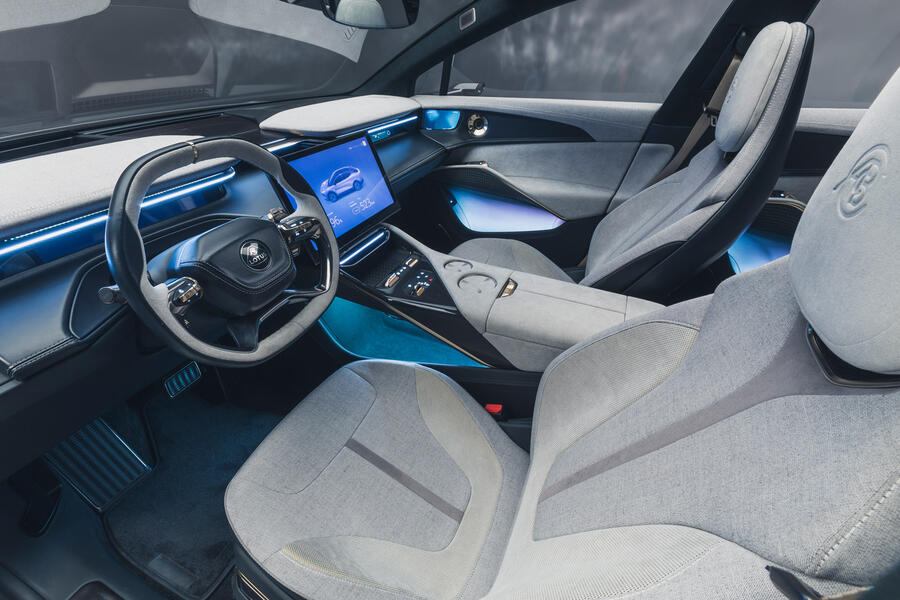
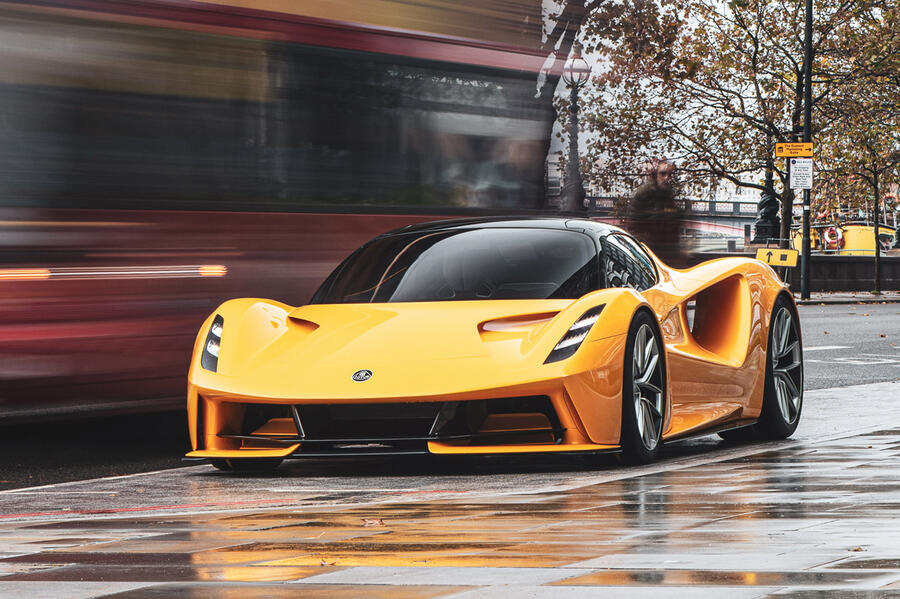
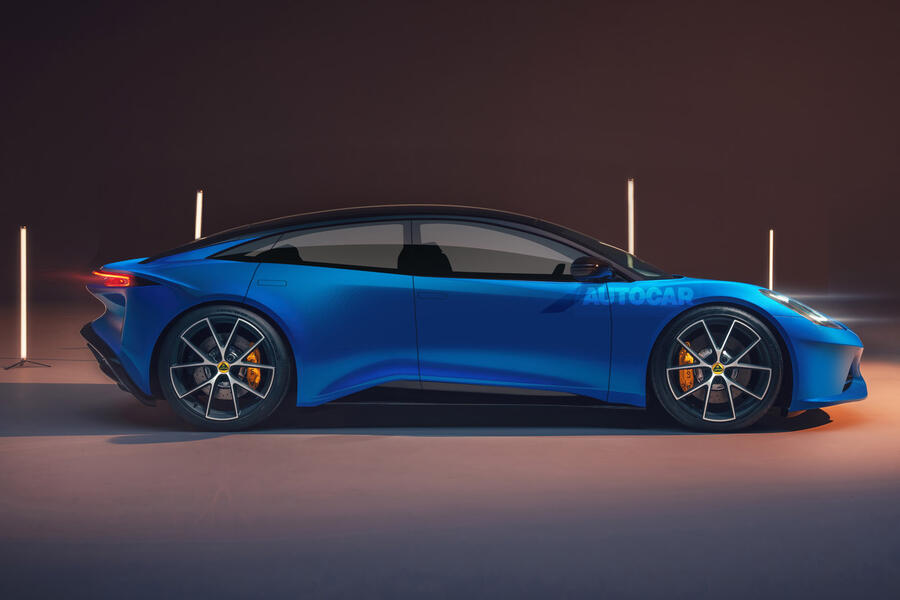
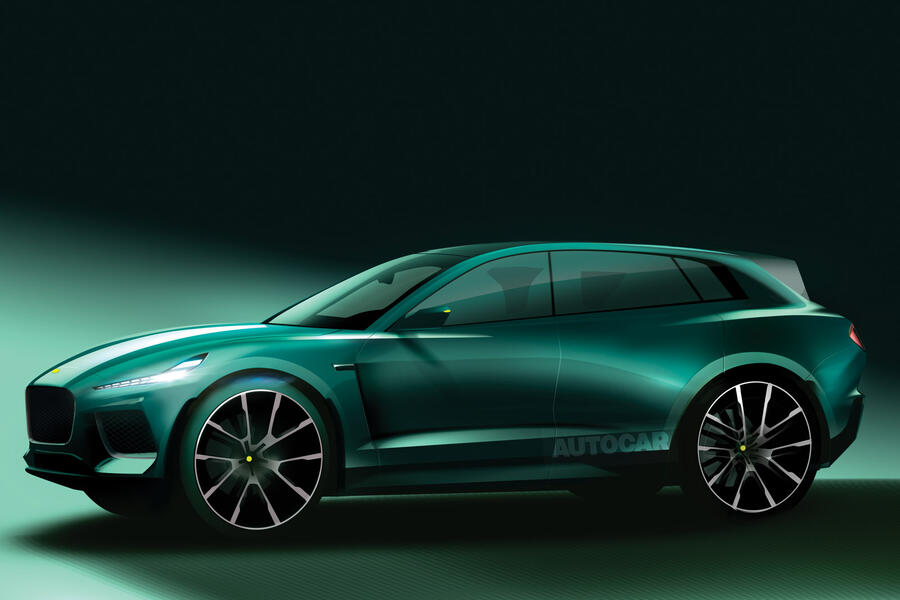
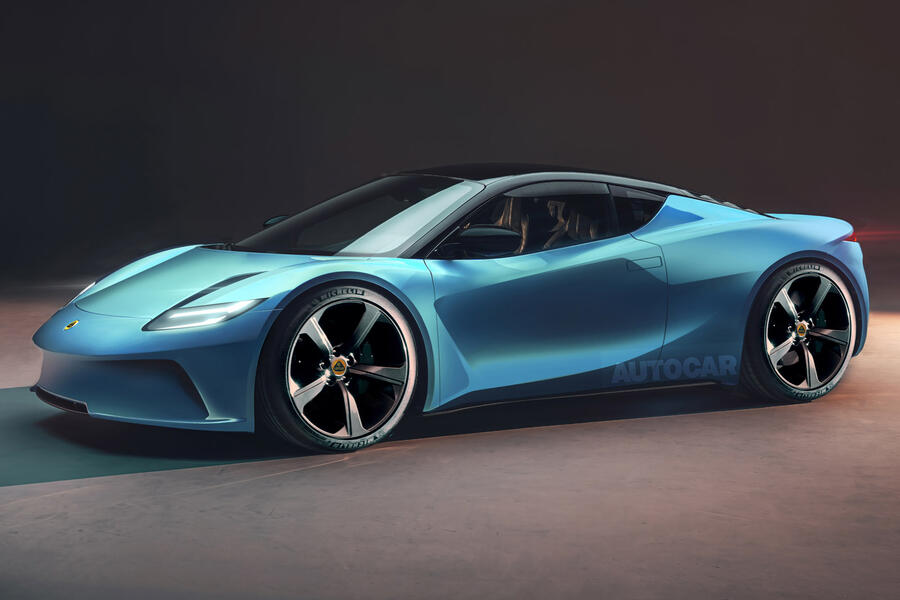

Join the debate
Add your comment
Colin Chapman is probably spinning in his grave!
What in the name of pink piglets is that monstrosity? WHY is it bearing a LOTUS badge?
Happy New Year to all!
How in the name of god, have you taken a 5.1m SUV, with the packaging benefits of a BEV, and produced a car with combined boot space of 470l. That is 10ltrs less than in my 4.25m peugeoth hatachback, which also has the advantage of having all the storage in one place which is more flexible.
Are there many other 700kW luxurious aerodynamic family cars available at that price? Seems impressive to me.